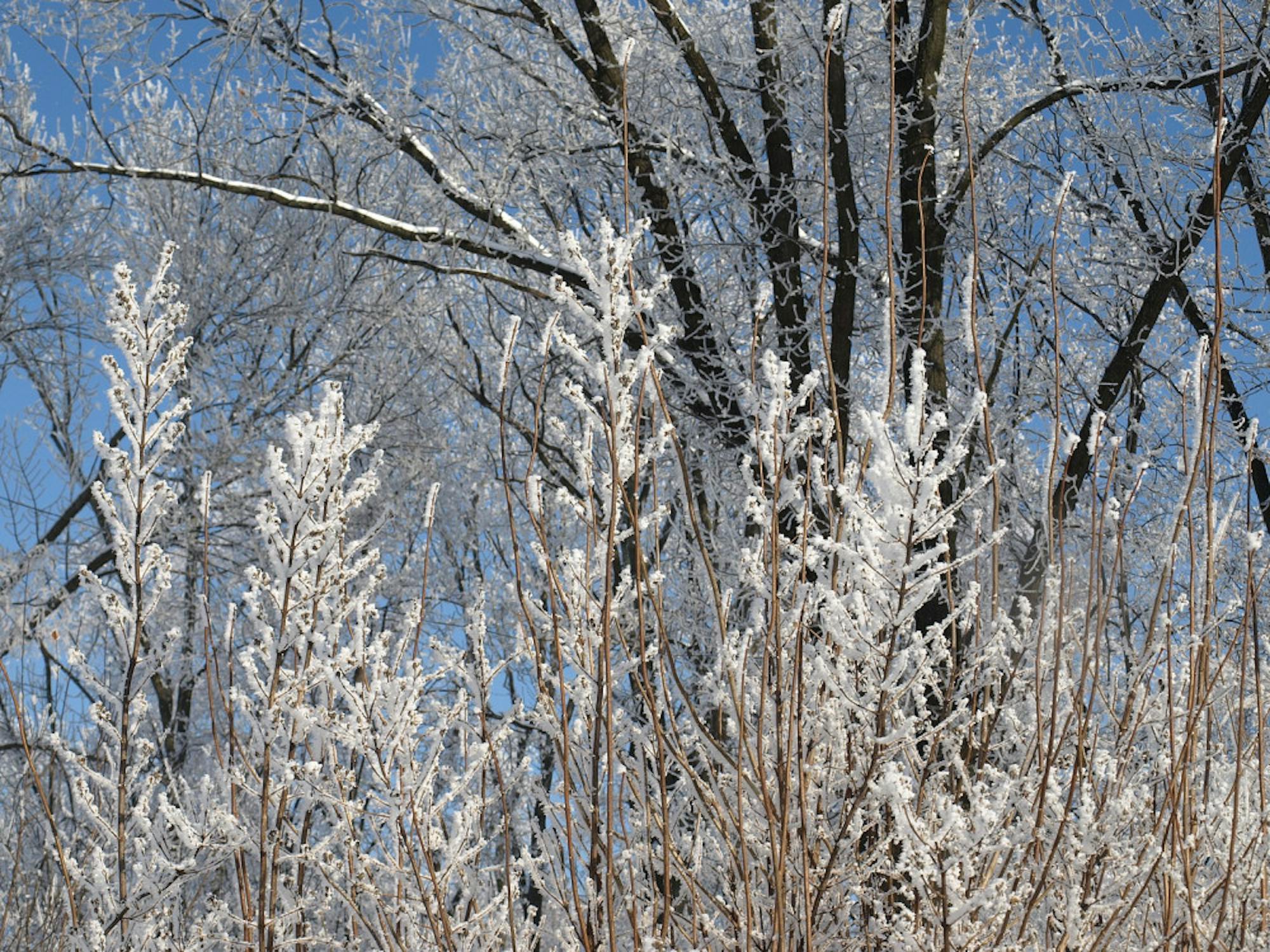Stop the genetic swap: Novel omicron variant may bear resemblance to common cold coronavirus strain
The omicron variant, the newest COVID-19 strain, may be more contagious but cause milder symptoms than other coronavirus variants, a new study suggests. Venky Soundararajan, a bioengineer who co-wrote the study, explained to the Washington Post that as viruses evolve to become more widespread, symptoms generally become less severe. Still, researchers caution that more information is needed about the novel variant.
Biomedical researchers sequenced omicron and discovered a segment of DNA that resembles the genetic code in viruses that cause colds. This similarity in DNA may have been the result of genetic exchange between the SARS-CoV-2 coronavirus, the virus that causes COVID-19, and the HCoV-229E coronavirus, one of the viruses that causes the common cold. An individual may have contracted both types of coronaviruses, allowing cells in the person’s lungs and gastrointestinal systems to host multiple viruses at once. The resemblance between omicron and HCoV-229E could also explain the newest strain’s potential for higher transmissibility: Many humans have already adapted to the common cold, allowing omicron to bypass the immune system.
Nonetheless, the onset of omicron is relatively new, and additional data collection and analysis are necessary before definitive conclusions can be reached. Researchers add that an unequal global distribution of vaccines could lead to further mutations of the virus that causes COVID-19.
— Ian Lau
Mixing J&J and Pfizer shots may be just as effective, study finds
Individuals who received the Pfizer vaccine may benefit as much from a Johnson & Johnson booster shot as a Pfizer one, a new study finds. Researchers in Boston administered two versions of the booster shot, Pfizer and Johnson & Johnson, to 24 and 41 Pfizer-inoculated volunteers, respectively. While both vaccines boosted the number of T cells in the volunteers, the Johnson & Johnson vaccine was doubly effective, producing twice as many immune cells as the Pfizer one. The researchers also measured antibody concentrations of the volunteers, finding that both the Johnson & Johnson and Pfizer vaccines exceeded the amount needed for protection against COVID-19.
In October, a booster “mix-and-match” study conducted by the National Institutes of Health found that the initial Johnson & Johnson jab was less effective than its Pfizer and Moderna counterparts. But that study was criticized for not considering different booster wait times for each of the vaccine brands. While Pfizer and Moderna are mRNA-based vaccines, the Johnson & Johnson booster is produced from a modified cold virus. Researchers of the new study say that this new understanding of varying wait times between shots suggests that allowing the immune system to rest beforehand may contribute to a more effective booster vaccine.
— Ian Lau
There was a blizzard warning in Hawaii, but officials say not to worry
Current weather patterns across the United States are simply weird: Hawaii’s highest mountain peaks spent the weekend under a blizzard warning while Boston experienced a spring-like day with temperatures climbing into the 60s.
A blizzard warning in Hawaii went into effect last week from Thursday evening to Sunday morning. According to the National Weather Service, approximately a foot of snow was predicted to fall on the Big Island summits. The governor of Hawaii issued a travel ban in anticipation and prohibited people from moving about except in the case of an emergency.
The storm, known as Kona, formed off the coast of Hawaii and caused extensive fog, snow and winds over 100 mph at the top of mountain peaks. As for the local islanders in towns below, they faced record cool temperatures with wind chills that dropped below 50 degrees — the coldest climate since December 1962. Despite dramatic news headlines, weather officials have maintained that this is just typical winter behavior in Hawaii.
Most of the Hawaiian mountains rise well over 11,000feet above sea level, and some of the summits, such as Mauna Loa and Mauna Kea — around 14,000 feet above sea level — receive snow almost every year, according to local forecasters. This particular blizzard warning was not issued because of the snowstorm, but because of severe rain, which could produce major flash floods and landslides, leaving the entire island chain in a state of despair. Still, the blizzard warning is a rare occasion for Hawaii, and locals hope to return to its typical balmy, surfer weather.
— Sophie Wax






